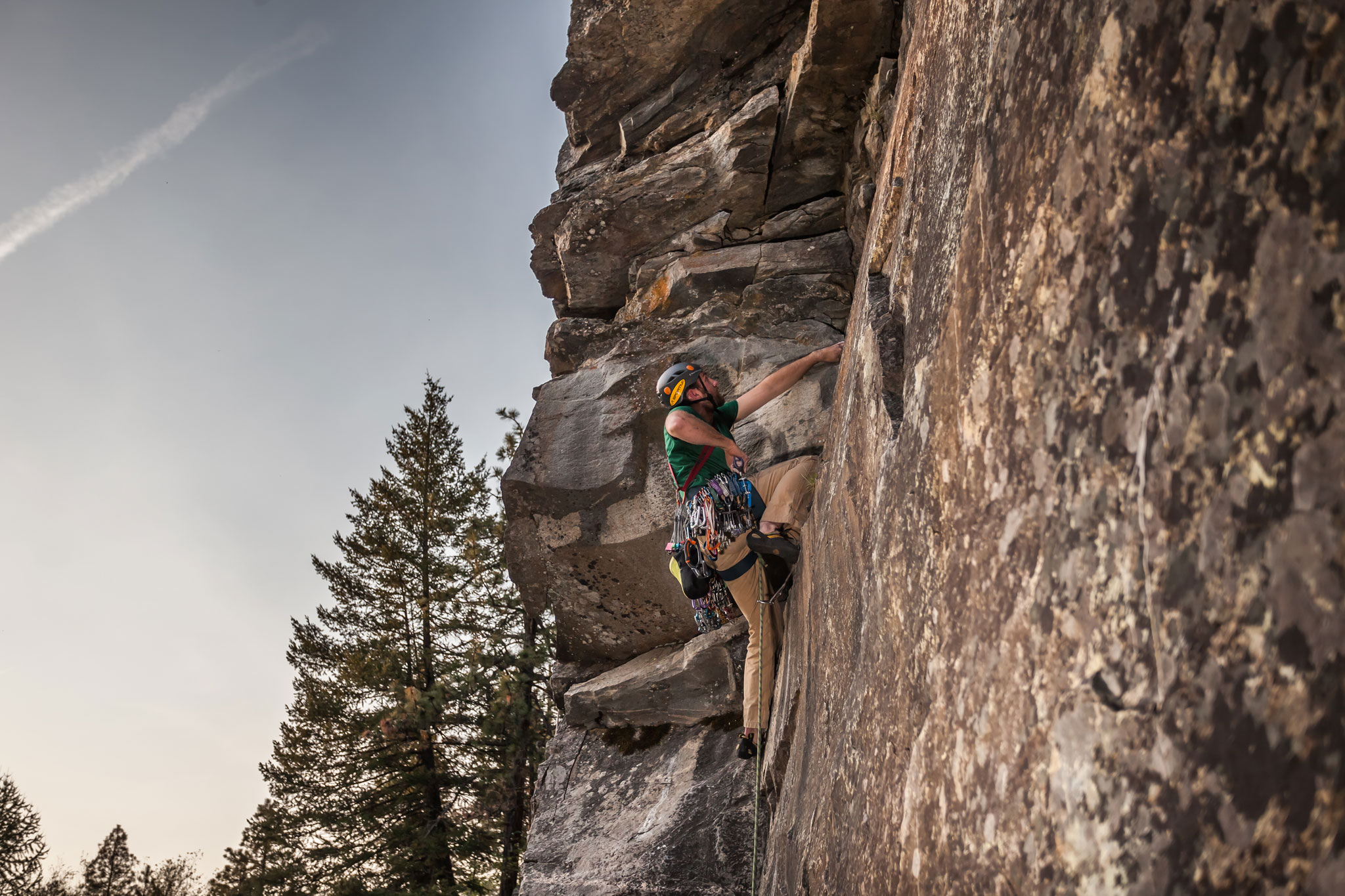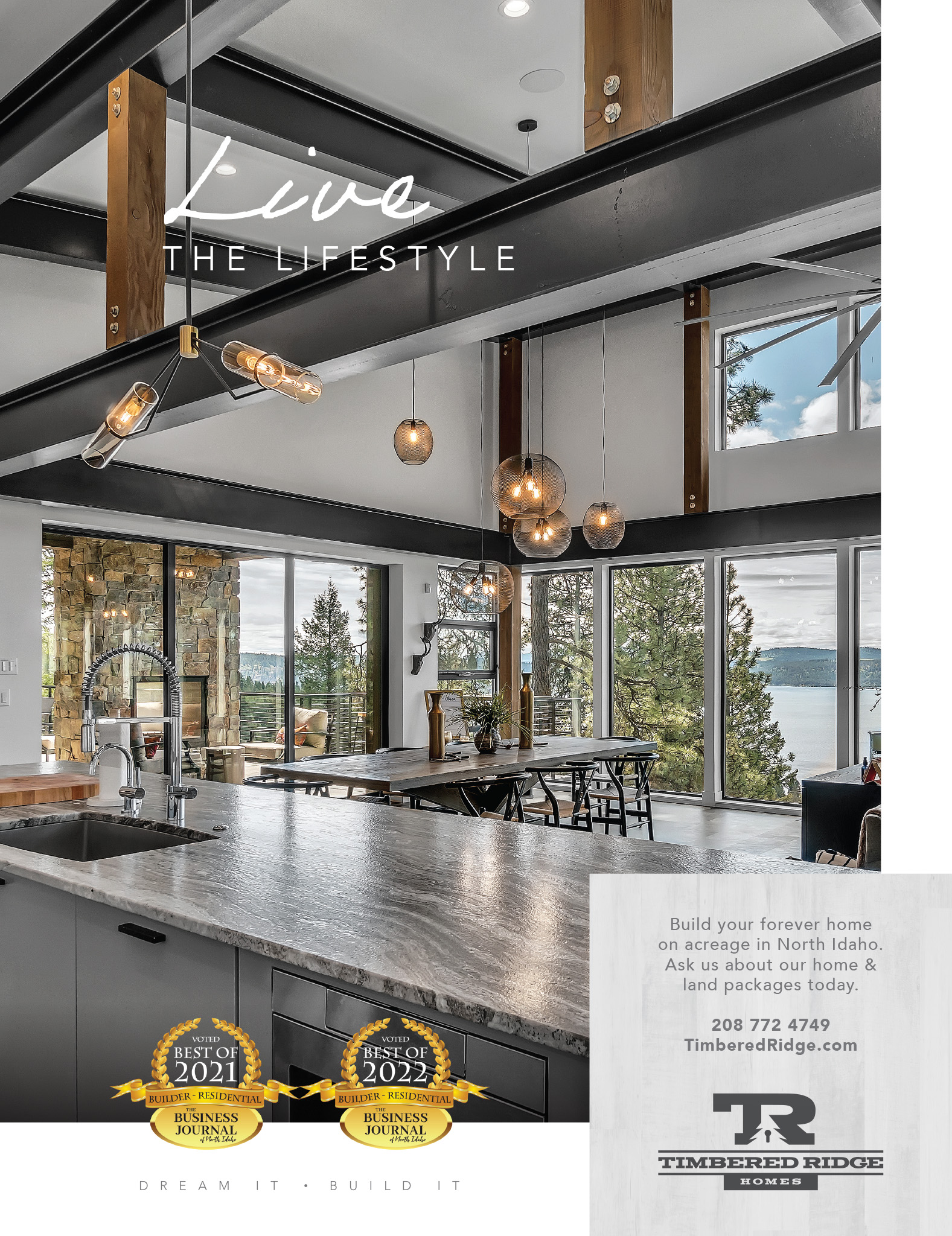You will rarely walk into a fitness club these days and not find at least an out-of-the-way corner designated for rock climbing. You’ll find climbing walls on playgrounds, at carnivals and fairs, and outside your United States Military recruiting office. There are entire gyms, enormous indoor facilities, dedicated to climbing. If you think about it, you’ve probably run into groups of outdoor climbers while you were on a short hike around Tubbs Hill or at Q’emiln Park in Post Falls. Now, there are a number of reasons for this, of course—increasing physical health, problem solving, tactile sensitivity and special awareness, teamwork and trust. The list goes on – but mostly it comes down to one thing: rock climbing is fun.
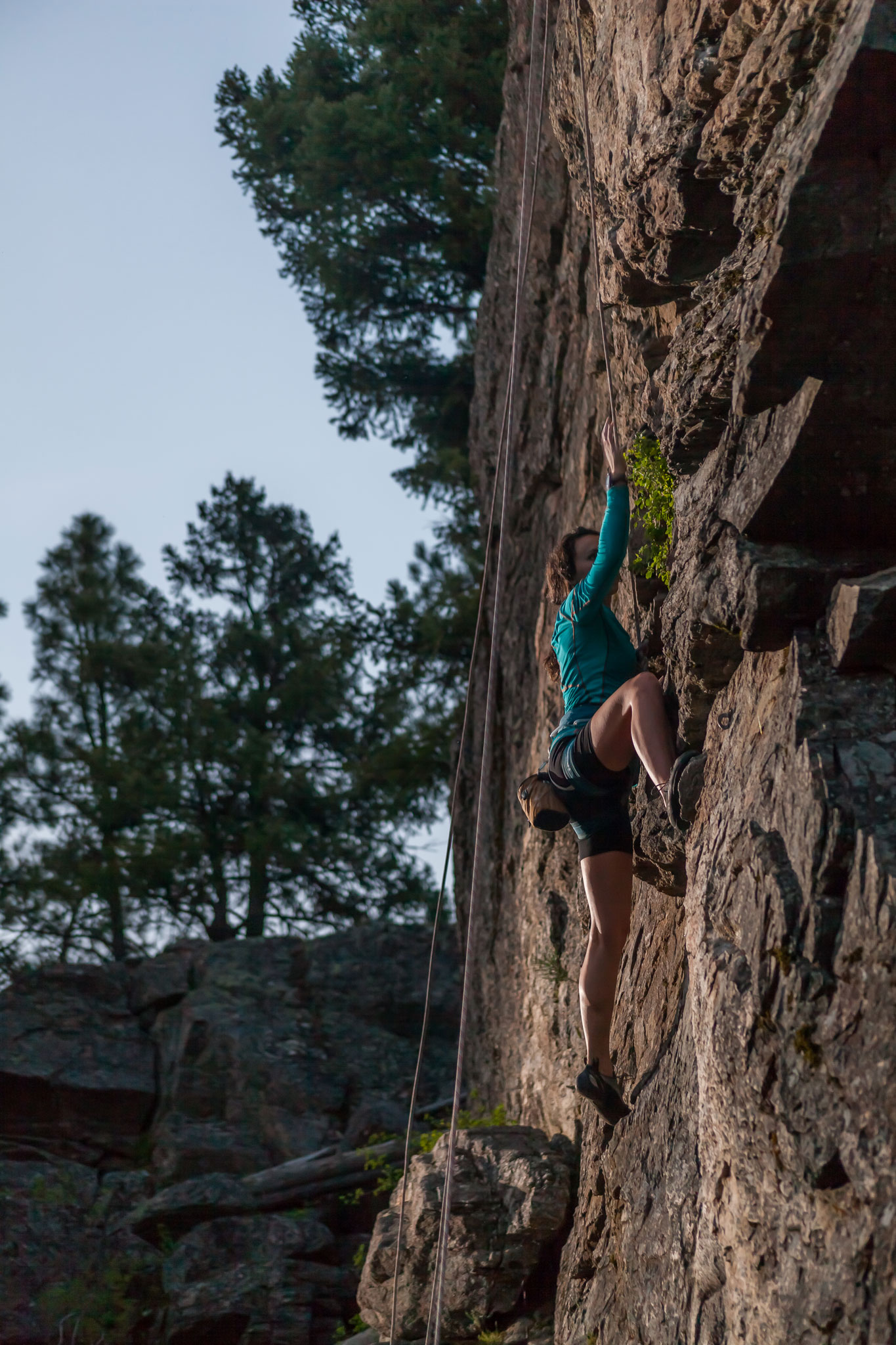
If you’ve ever thought you might like to try climbing, but felt it may be too difficult or frightening, chances are that at least one of the many different types of rock climbing is bound to fit your fancy. One of the great bonuses to climbing is that there’s always a climb at your level, whether you’re a 4-year-old beginner, a 30-year-old expert or an 80-year-old thrill seeker who just can’t stop trying new stuff. If you like the looks of the high, complicated climbs, but want to feel a sense of security, try Top Roping. For a bit more freedom, with a bit more experience, you might like Lead Climbing or even Free Soloing. And if heights aren’t your thing, remember that you only have to climb as high as you are comfortable. And, of course, if ropes are not your thing, check out Bouldering. Some of the toughest routes in climbing are boulder routes, and with a crash pad under you, you can climb alone and you won’t break anything if you fall.
Story continues after a quick message from our sponsor below.
It’s a common saying that there are only two guarantees in life (death and taxes), but here’s another one to add to your list: there will always be a community of supportive climbers out there to cheer you on, give you advice, and support your new favorite hobby. You’ve just got to get out there and find them, and if you start climbing, that won’t take very long.
Shannon Celentano is halfway up a route on Post Wall at Q’emiln Park in Post Falls. How she made it that high in the first place is a reasonable question to a non-climber, even one that just watched her do it in a matter of seconds. Celentano stops to catch her breath, and to make sure her next foothold is stable enough to hold her weight.

“I don’t know if it’s going to hold,” Celentano calls down to her friend, Jenine Estlick, who is on belay. Estlick adjusts her hold on the rope and pulls in some slack, not so much that Shannon’s movement is impaired, but enough to catch her quickly should she fall.
Celentano re-adjusts her foot and pulls herself up, inching a bit closer to the top. “You gotta trust your shoes,” she says as she continues up the rock face. “Sometimes I forget that.”
Before long, Celentano is repelling down the cliff, pushing off the rocks and riding the rope down with an infectious burst of excitement, showing little sign of fatigue.
“That was awesome!” she says, when she reaches the bottom. “I like this route. It makes me happy!”
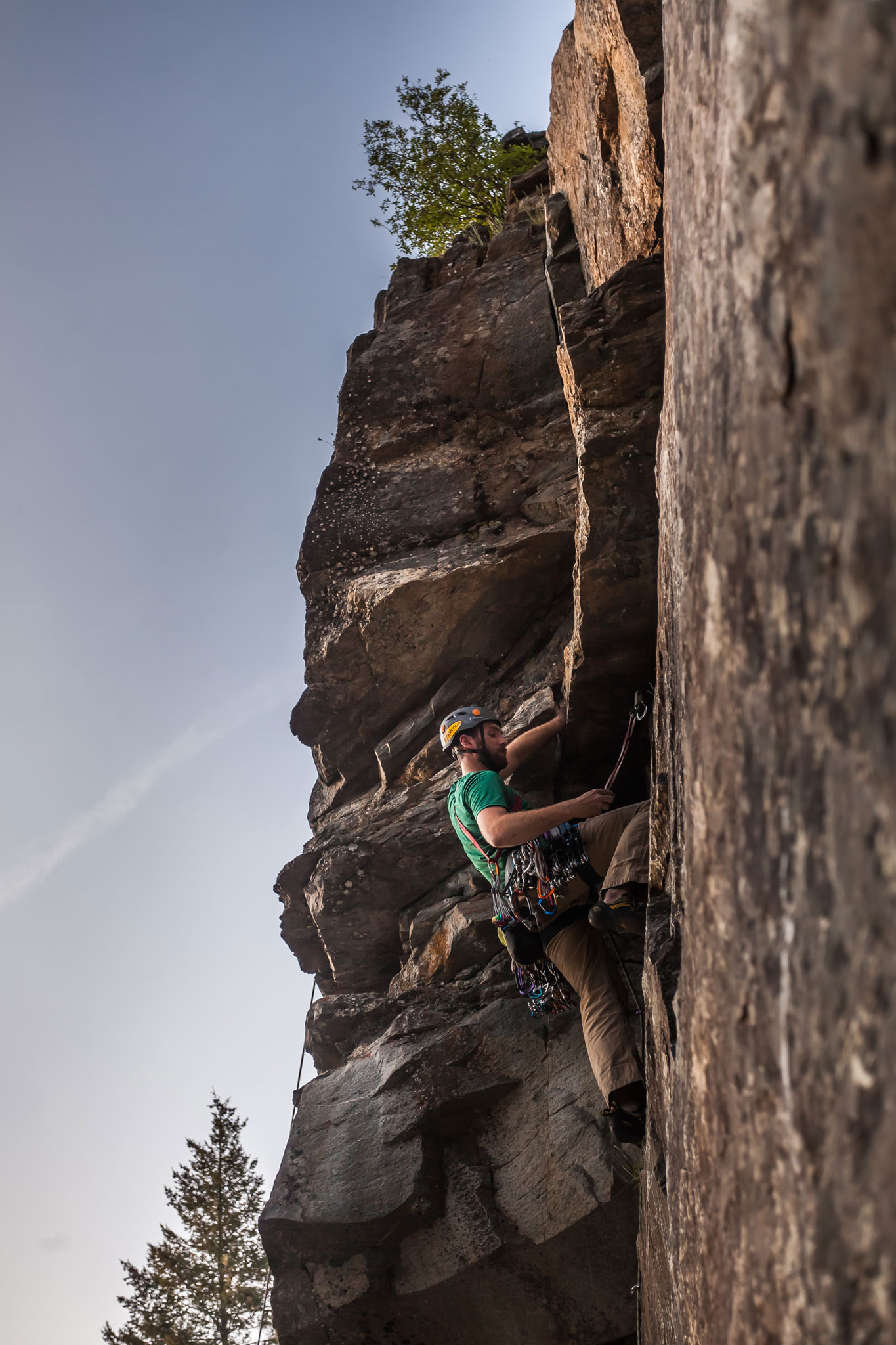
Despite the apparent expertise on display this early spring day, Celentano, 24, has only been climbing for three years. Her older brother, a highly experienced climber himself, surprised her on her birthday with some essential gear – shoes, harness and rope (it’s worth getting a helmet too, FYI).
“I had repelled with him once before and absolutely loved it,” she explains. “I’m an adrenaline junkie and was always into outdoor sports, so it made sense.
Climbing soon became an imperative part of her life. Now she climbs to clear her head. It’s almost like meditation,” she says. “When I’m stressed out, I just need to climb.”
Albia Aye, 26, discovered the area (Q’emiln Park) as part of an internship at North Idaho College while earning her recreational management degree through Illinois State University. She’d only climbed outdoors a few times before she went to Q’emiln. “It’s pretty amazing because of the accessibility,” she says. “It’s such a short hike from the parking lot to the walls.” She loved it so much, she eventually moved here permanently, and even collaborated with other climbers in the area to protect and repair the hiking area near the walls.
“There is a special connection you have to a certain climbing area,” Aye says. “Even if you think you’ve gotten to know it really well, you can go back to your favorite route and you can climb it differently. It feels like there are no limits.”And there are no limits. If you don’t like climbing one way, you can always try something else.
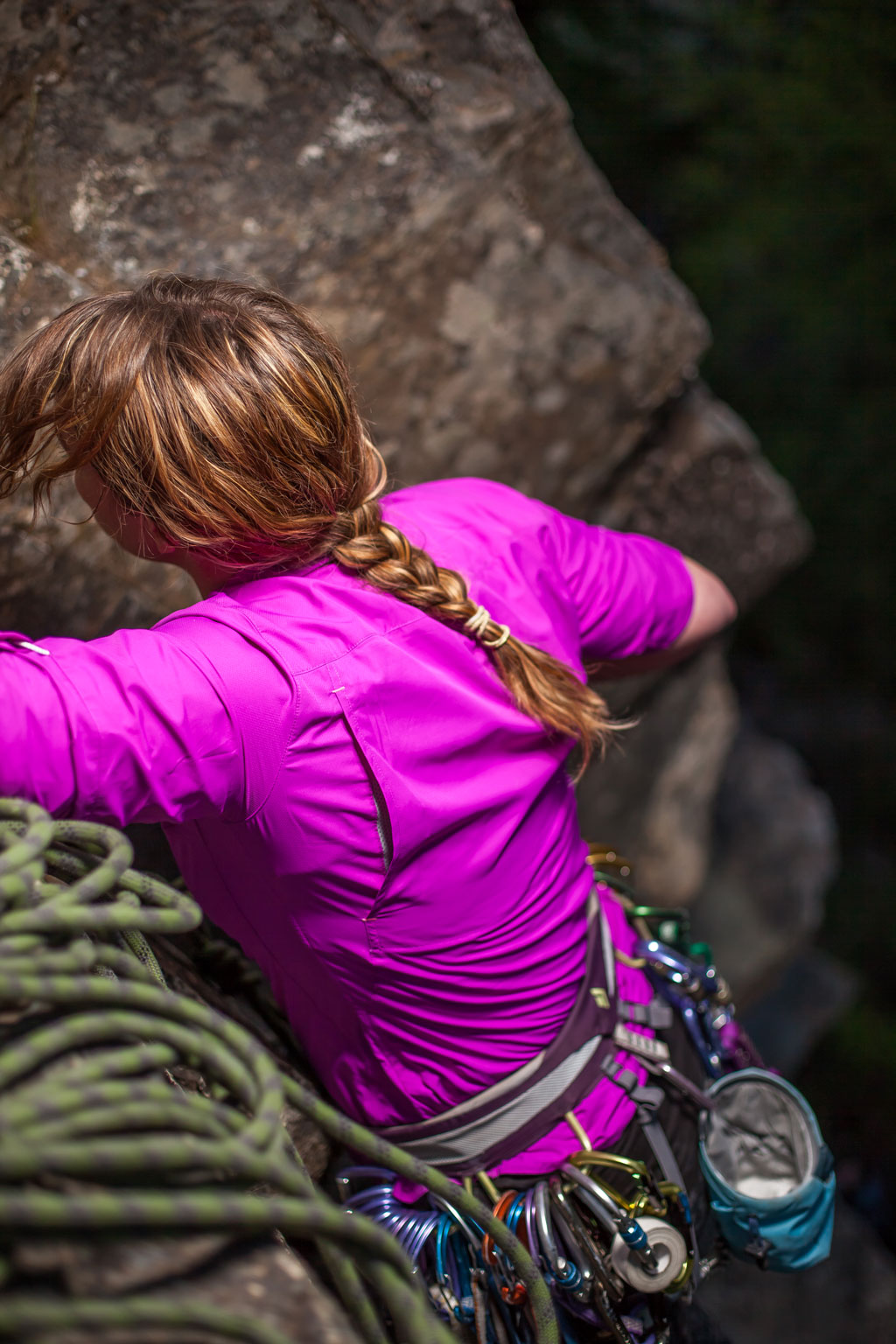
There’s a rating system in place to help climbers identify the difficulty of a wall – a point system that starts at 5.0 (steep ramps), heads into the 5.5-5.9 territory for more challenging vertical climbs, and into 5.10 A-D for the truly experienced climber. It goes all the way up to 5.15, which is typically reserved for Spider-men and Spider-women.
“There’s this amount of personal satisfaction, just succeeding in making those hard climbs,” Celentano says. “I remember when I first climbed a 10A, it was by no means clean. I stumbled. I fell. But then it was this feeling of ‘Wow, I did that. Under my own power I got to the top.’ I came down just grinning, and I did a little dance at the bottom. I’m smiling now just thinking about it.”
On this particular day in Q’emiln, Shannon is being cheered on by her parents, Dave and Sharon. There’s obvious pride beaming from both of them. “She was always the full throttle girl,” Sharon says as Shannon repels down the rock wall.
Now it’s Dave’s turn up the cliff. He says he climbed back in the 70s, but only started again after his kids took up the sport. Shannon is acting as her father’s belayer, and she’s offering route advice as he readies his gear.
“The culture of rock climbing is that everybody is super supportive,” Celentano says. “It’s about camaraderie, support and trust.”
Dave has now reached the spot on the wall that gave his daughter trouble earlier. He hesitates and begins to question his footing. “Just think about what you’re doing,” Shannon hollers up to him. “Take a minute. We kinda forget that sometimes. Breaks are totally fine! Get your balance!” Dave follows his daughter’s advice, and then he pulls himself up. “Nice job, Daddio!” Shannon yells in delight. “Way to use your shoes!
“I quit free climbing years ago. I discovered I had trust issues. I couldn’t relax, because I could never fully trust my belayer, and it didn’t matter who it was. So, I gave it up and went to bouldering. Climbing is about the challenge. About the route and the relationship between the rock and me. Every time I climb, I learn something about the rock, and something about myself. It’s a very dynamic and personal relationship.” — Toby Reynolds
By Tyler Wilson
As Featured In: Summer/Fall 2015


